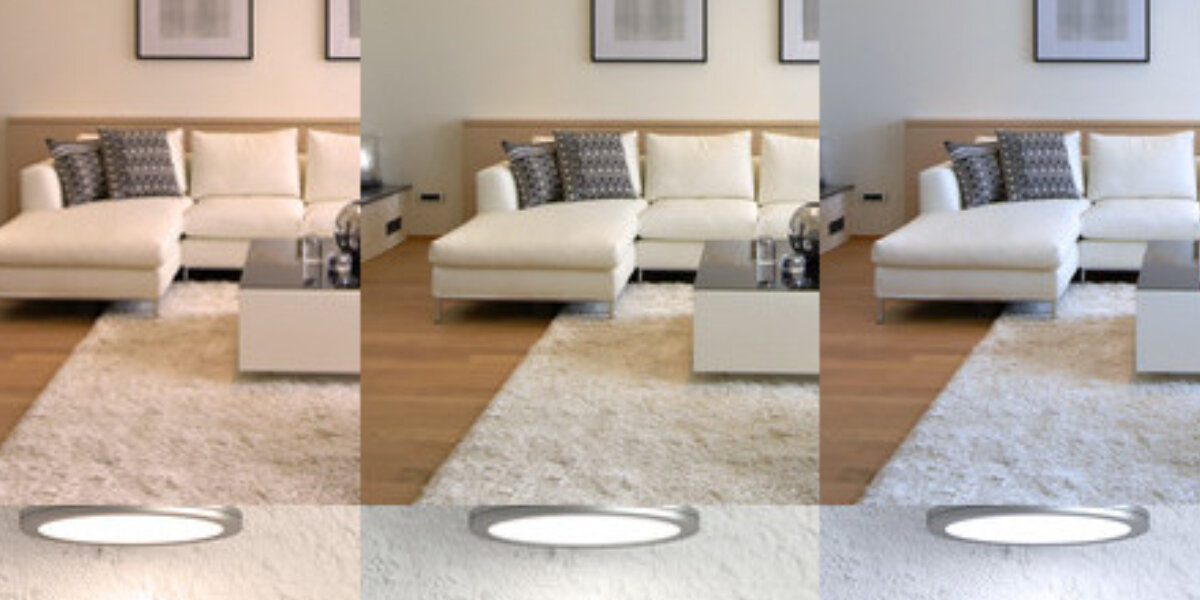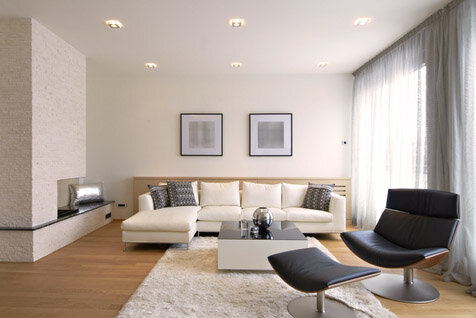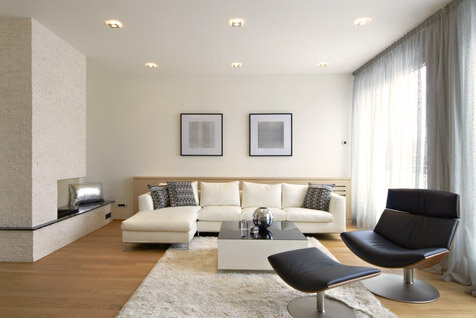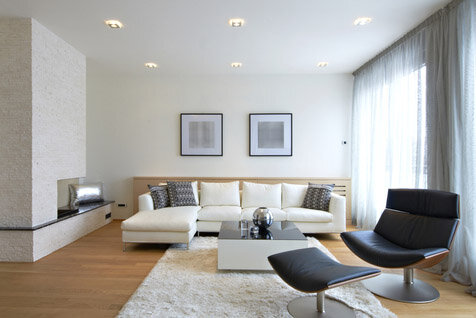Dimmable LED lamps: Adjusting Colour Temperature as Desired
The different colour gradations of white light can be used in a very targeted way and are an important tool for lighting designers. This is because every situation has its lighting requirements: light for the office should be bright and promote concentration, light for make-up should be daylight white, and at home in the living room, people like cosy light with a warm white tendency. The colour rendering of lamps determines the lighting mood the light creates in a room. To make the lighting as flexible as possible, the colour temperature of more and more modern LED lamps can even be specifically changed. Dimmable LED lamps and Smart Home lamps enable adjustable light colour.





